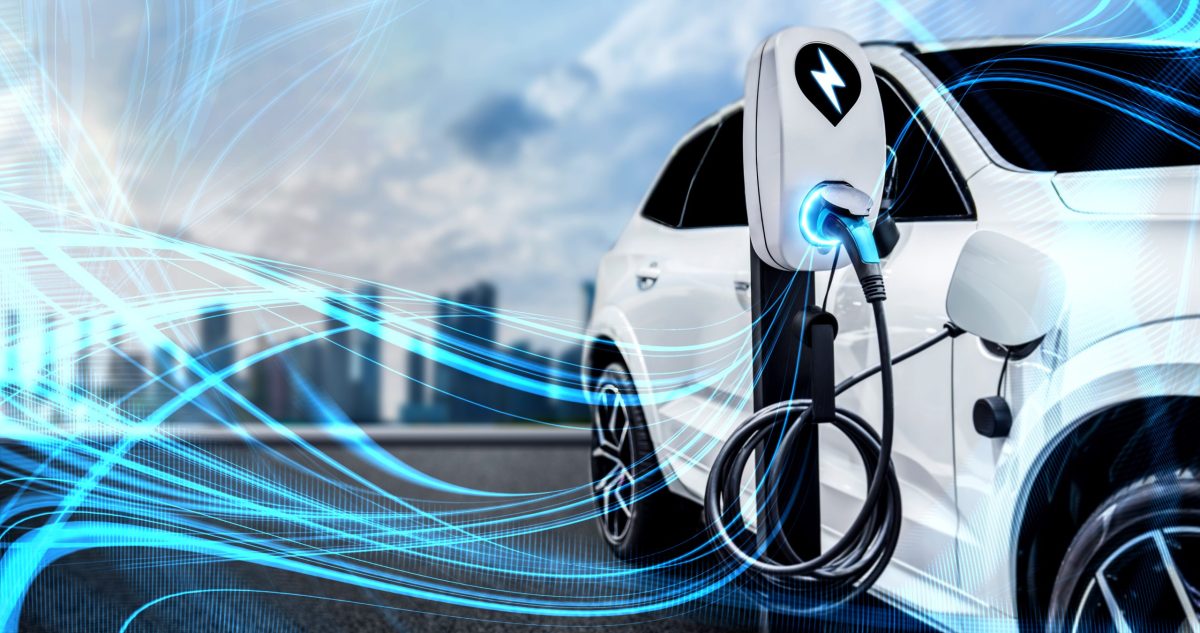What fuel retailers need to do to thrive in the EV age

Drive-up filling stations have been a fixture around the world since the early 1900s. What began as a place to get the oil changed or pick up replacement tyre tubes blossomed into a network of fuel pumps and convenience stores selling an array of products and services, say John Benson and Virgilio Sosa, directors of Alix Partners.
But this business model is set for another potential transformation as the electric vehicle (EV) begins to reshape the auto industry and the wider economy. Manufacturers, suppliers and dealers have begun retooling for a major shift in supply chains, consumer expectations, and production techniques. For fuel retailers, the gradual move from gasoline-fueled vehicles to EVs is an increasingly likely scenario that would:
Disrupt the economics of existing locations by:
- Draining revenue and profits related to direct fuel sales
Eliminating the fuelling occasion that brings customers inside to consider higher-margin purchases in the store - Force longer visits due to charge times, resetting consumer expectations for the fuelling environment
- Require additional location investment, expanding charging infrastructure and amenities
Gradually changing car business
Electric vehicle penetration is gaining traction due to a confluence of factors. Battery storage and charging technologies are consistently improving, reducing cost and increasing viability of EV ownership and operation. Policy makers, meanwhile, are tightening tailpipe regulations in an effort to reduce CO2 emissions. Tax incentives to consumers and infrastructure developers willing to buy EVs or invest in charging networks help address cost concerns.
Importantly, buyers – particularly the environmentally-minded – welcome the prospect of not having to visit a fuelling station to load up on fossil fuels. EVs and plug-in hybrids are expected to represent 33% of sales in China, Europe and the U.S. by 2030. This forecast anticipates 26.4 million electric vehicles sold in those three major markets that year alone.
While China is expected to continue to lead the world in EV sales and market share, Europe’s share of EVs as a percentage of vehicles sold will increase, followed closely by North America. EVs represent a little more than 2% of U.S. new car sales in 2021. The Biden administration is angling to bolster America’s EV adoption curve, with a proposal to spend significant sums of taxpayer money to encourage the transition to EVs.
Tesla has mounted the most successful EV business to date, revolutionising the industry with a premium product targeting luxury and performance buyers. The company’s U.S. market share has grown considerably in less than a decade, prompting nearly every luxury, performance, and mainline brand to commit serious investment to building out attractive and, in some cases, affordable EVs. GM aims to sell only zero-emissions vehicles by 2035. Ford is targeting 40% of sales to come from EVs by 2030, while Volkswagen is shooting for 50% EV sales by that date.
All of these developments spell likely success for the EV market, but it is important to note that America’s roads won’t go electric overnight. It will take decades to transition the totality of vehicles registered to zero emissions. There will remain a substantial population of vehicles powered by internal combustion engines in service for the foreseeable future.
Charging up
The automotive industry isn’t the only sector bracing for EV disruption or looking for ways to capitalise on changing consumer behaviour.
Retailers across the board increasingly see vehicle-charging technology as a way to attract traffic to their stores, either as independent projects or in partnership with companies like Tesla, ChargePoint, and Electrify America. Target, IKEA, and Walmart have announced plans to add chargers at hundreds of new stores across the U.S.; stadiums and fitness chains are adding plug-in parking lots; and McDonald’s has begun installing charge points at restaurants in certain markets. Not all of these locations are expected to house so-called fast chargers, but these developments are ways to test a model where EV drivers can shop, eat, or play while their car refuels.
To be sure, major oil companies are making big bets that EVs will significantly replace traditional fuels. Shell, with 60,000 charge points globally, expects to increase that number to 500,000 by 2025 and 2.5 million by 2030. BP, which recently bought the UK’s largest EV charging company, is equally bullish. Total, meanwhile, appears to be balancing its bet between EVs and hydrogen as the ultimate zero-emissions solution.
The business case
Consumer preferences and behaviors related to EVs are evolving and may differ across geographies. In the U.S., roughly 80% of EV owners prefer to charge their vehicles at home when feasible. This may mean that the role of public charging will likely be far less than the role a gas pump plays in personal mobility – at least for now. Public charging may primarily be needed for those in urban environments or those engaged in long point-to-point trips, greater than 300 miles.
Chargers are now capable of recharging EVs in as little as 20 minutes, making it more feasible for users to charge their vehicle while on the road. These Type 3, “fast” chargers are more expensive to install, with a potential investment in the neighborhood of $150,000 per charge point. However, some companies are choosing to make the investment.
7-Eleven, the convenience store giant, is installing 500 fast charging ports at 250 locations by the end of 2022.
Impact on stores
Increased EV adoption is coming and will significantly challenge the business models of major oil companies, filling stations, and convenience stores. The impact will vary based on geography and industry segment, but it is clear that a business-as-usual approach is not a viable response for enterprises reliant on people’s need to fill the tank. The impact to revenue and earnings will be gradual, but it will definitely affect all companies in the space.
Fuel represents roughly 50 to 60% of the retail site’s earnings in the U.S., for instance, and most stations could be at the risk of insolvency with the loss of just 33% of fuel revenue. Non-fuel retail will be affected as traffic decreases at these locations, and competition swells among traditional and non-traditional retailers aiming to attract EV owners looking for charge ports.
There is another challenge presented by the increased amount of time patrons will spend on site. It takes roughly five minutes to fill the tank, and drivers are well accustomed to this pattern. Even with the most advanced chargers, however, wait times increase to at least 20 minutes. This presents a key question: What type of recharging location will EV drivers prefer to visit while they wait? A coffee shop, restaurant, gym, mall, or convenience store?
With this in mind, fuel retailers need to reposition and reconfigure their networks for the upcoming transition to EVs and potentially hydrogen vehicles. The longer they wait, the more challenged their business model will be and the more likely it becomes that they will be left in the dust
To read the full article in the IFCR yearbook, click HERE.







